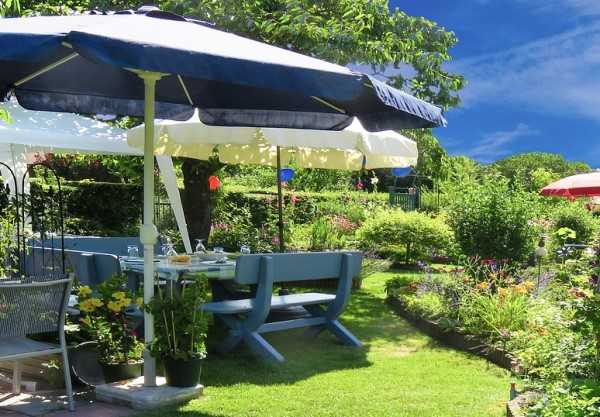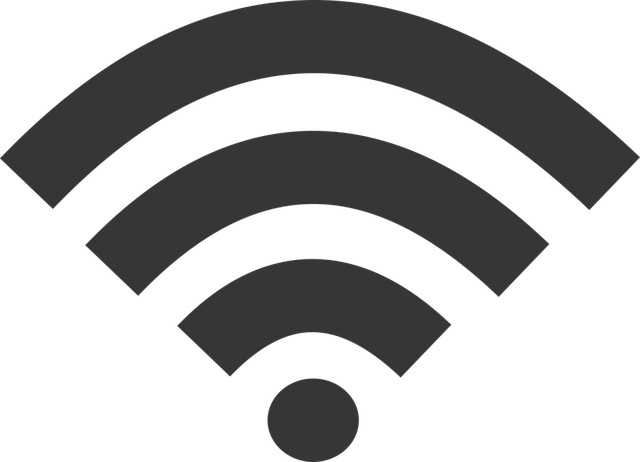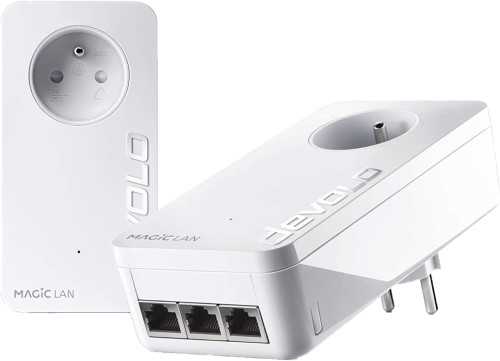Extend wifi outside to garden or shed

It's nice to be able to work on your laptop outside in the garden, or to watch a series on your smartphone. However, this requires a good wifi connection, because otherwise you will suffer from hitches or interference.
There are several ways to extend your wifi to the garden. One way is easier than the other. Check out this page to see what the best wifi solution is for your garden.
From now on you can always enjoy the good wifi connection. Enjoy the outdoors!
Testing: find the right solution by testing first

Insulation and double glazing will negatively affect the strength of the wifi signal. That's why it's important to test whether the signal can get through the exterior walls well enough. If this is the case, you can choose a simpler solution that don’t require you to drill holes or run new wiring outdoors.
You can easily test this with any device that can broadcast a wifi network, for example an (old) router or access point. Place this device indoors but as close to your yard as possible.
Now test the wifi signal strength yourself with a free app on a smartphone. Do this outside at the place where you want to use wifi.
Are you receiving a signal strength of at least -67 dBm? Then the wifi signal gets through the exterior walls well enough.
Extend wifi outside with range extender
Did the test show that the wifi signal comes through the exterior walls well enough? Then you can use a solution that is easy to install: a wifi extender.
Was the wifi signal not strong enough? Then see the best ways to extend the wifi signal to the backyard.
Below are four types of wifi extenders that you can use. Install one of these indoors, but as close to the yard as possible. As the test showed, this will ensure a good wifi connection outside.
- Wifi repeater: cheapest and simple solution (but has some drawbacks);
- Powerline wifi: has the best value for money and is also easy to expand to other places in the house, such as wifi for the attic. (read more about powerline);
- Mesh wifi: consists of several stations that together provide one large wifi network and also offer many extra functions. (read more about mesh);
- Access point: install separate wifi points where coverage is needed (good home network wiring is required).
View the differences between all wifi extenders.
Extend wifi to shed or backyard
If the test shows that the signal coming through the exterior wall is too bad, then the only option to get wifi in the garden is to place a transmitter outside the house.

The easiest way to do this is if you have a shed with an electrical outlet. On this outlet you can use powerline to get the internet signal from indoors to the shed via the existing electrical wiring. This doesn't require you to drill holes or run new wiring outdoors. The powerline adapter also takes care of the wifi network. See how powerline wifi works.
To make sure that this solution provides good wifi coverage in the garden, do another test. Redo the previous test, but this time by placing the wifi transmitter in the shed.
Read on if this solution isn't possible or if you still receive a bad signal.
Outdoor wifi access point
Still haven't found a solution that ensures a good wifi connection in the garden? Then there are two more ways to place a wifi access point outside.
With ethernet cable (1)
By placing a wifi access point outside, you get the best results and the most coverage. An outdoor wifi access point is weatherproof and can be mounted on the wall or on a pole.
For example, you can use these outdoor access points:


View more outdoor access point.
It is necessary to run an ethernet cable, which makes it a bigger job. But by using Power over Ethernet (PoE), the access point can receive power through the ethernet cable. This eliminates the need for a power cord (and a nearby power outlet).
Do you have a shed with electricity? Then the job is a little easier. By using powerline you can get the internet signal from indoors to the shed via the existing electrical wiring (as mentioned earlier). This saves running an ethernet cable from indoors to outdoors. You can then run an ethernet cable from the powerline adapter in the shed (which is probably easier) to the garden where the wifi access point must be placed.
Don't you have a power outlet outside the house? Then you have to run an ethernet cable from indoors to the outside. Check out how to properly wire your home network.
Try to place the access point out of rain and direct sunlight as much as possible. Even though the device is weatherproof, by doing this you will have the least chance of malfunctions.
Without ethernet cable (2)
Don't want to run ethernet cables? Then the last option is a 4G router. You can place a SIM card in this device. This allows it to connect to mobile internet. This solution is very easy to use, but more expensive in the long run due to using your mobile data plan.
The 4G router then works as an access point. All devices can connect to the wifi network of this router, and thus use the mobile internet.